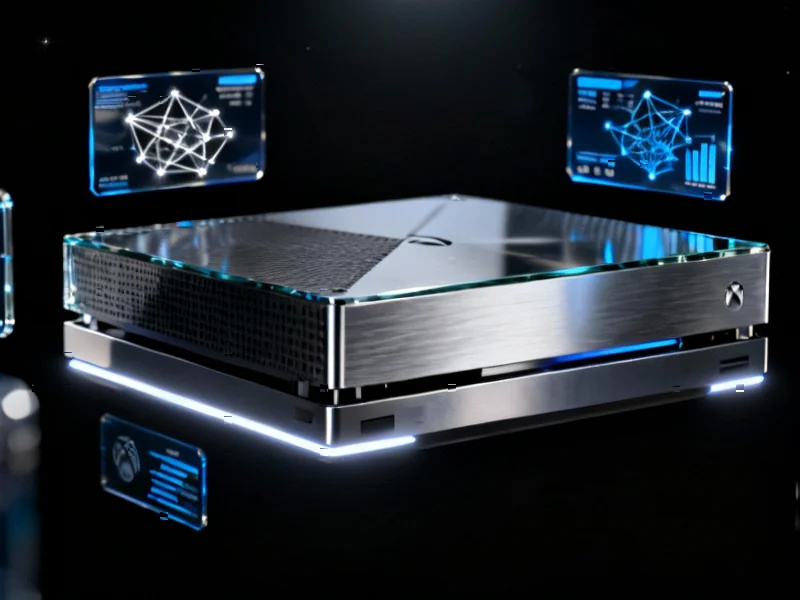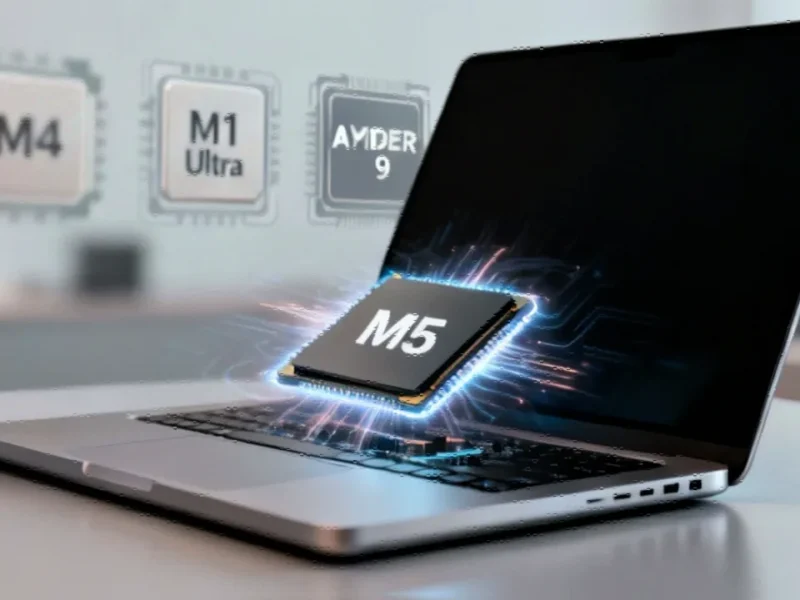Next Xbox Generation Embraces Premium Positioning
Microsoft has confirmed development of its next-generation Xbox console, with company executives indicating the device will represent a significant step up in both performance and price. According to reports from recent interviews, the new console aims to deliver what Xbox president Sarah Bond described as a “very premium, very high-end curated experience” for gamers.
Table of Contents
Partnership with AMD Drives Performance Gains
Sources indicate Microsoft will partner with semiconductor company AMD to develop the new console’s hardware, which analysts suggest will feature substantial improvements in performance levels, graphics capabilities, and compatibility. The collaboration continues a long-standing relationship between the two companies that has spanned multiple Xbox generations.
Industry observers note that the performance targets appear ambitious, with reports suggesting the device will significantly outperform Sony’s anticipated PlayStation 6. Both next-generation consoles are expected to reach consumers in 2027, setting the stage for another competitive console generation.
Pricing Strategy Points to Premium Tier
The next Xbox is expected to command premium pricing, building on Microsoft’s recent price adjustments. According to market analysis, the current Xbox Series X sells for $649.99 following September’s price increase, while the special edition 2TB Galaxy model retails at $799.99. Industry sources suggest the next-generation model will likely launch above these price points, particularly for special editions or high-specification configurations.
In her interview with Mashable, Bond hinted that the company‘s thinking around premium hardware is already visible in devices like the $1,000 ROG Xbox Ally X, though she declined to reveal specific details about the upcoming console’s final pricing.
Expanded Compatibility and Ecosystem Integration
Microsoft reportedly plans to maintain full compatibility with existing Xbox games while blurring the lines between console and PC gaming. According to industry reports, the company is working to integrate support for third-party stores including Steam and the Epic Games Store, creating a more unified gaming experience across devices.
Sources familiar with the development indicate that Microsoft is collaborating closely with its Windows team to enable seamless gaming across consoles, PCs, and even vehicles. This expanded ecosystem approach represents a significant shift in how console manufacturers approach platform exclusivity and accessibility.
Industry Implications of Premium Console Strategy
Analysts suggest that Microsoft’s premium positioning reflects broader industry trends toward segmented pricing tiers and specialized hardware. The move toward higher-priced consoles comes as gaming technology continues to advance rapidly, with development costs increasing accordingly.
The success of this strategy, according to market watchers, will depend on whether the premium features and performance improvements justify the expected price increases to consumers. As the 2027 launch window approaches, more details about the specific features and final pricing are expected to emerge.
Related Articles You May Find Interesting
- Amazon Stock Poised for Potential Surge Amid Historical Growth Patterns
- Breakthrough Detection Method for Pine Tree Pesticide Residues Unveiled in Scien
- Microsoft Reportedly Pushing Xbox Division Toward Unrealistic Profitability Goal
- Nuclear Power Emerges as Critical Factor in New Lunar Space Race
- Super Micro Stock Dips Following Preliminary Revenue Miss, AI Outlook Remains St
References
- https://www.youtube.com/watch?v=yDmwJ7tuoD8
- http://en.wikipedia.org/wiki/Xbox_(console)
- http://en.wikipedia.org/wiki/Video_game_console
- http://en.wikipedia.org/wiki/Microsoft
- http://en.wikipedia.org/wiki/AMD
- http://en.wikipedia.org/wiki/Mashable
This article aggregates information from publicly available sources. All trademarks and copyrights belong to their respective owners.
Note: Featured image is for illustrative purposes only and does not represent any specific product, service, or entity mentioned in this article.



